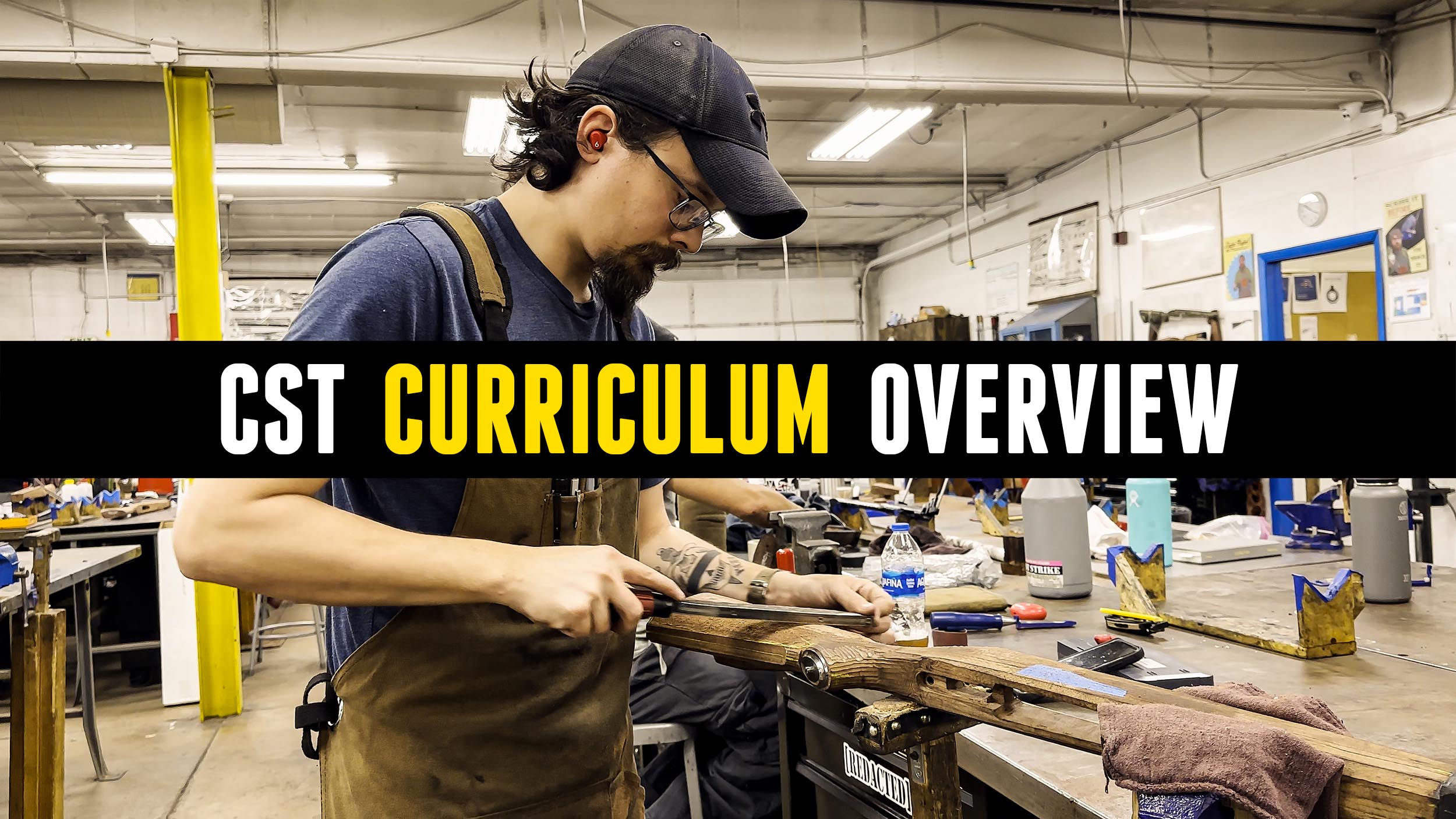We previously announced we are now working with Colorado School of Trades (CST)! If you are interested in becoming a professional gunsmith, watch or read on to learn about their curriculum!
Disclaimer
Ultimate Reloader LLC / Making with Metal Disclaimer: (by reading this article and/or watching video content you accept these terms). The content on this website (including videos, articles, ammunition reloading data, technical articles, gunsmithing and other information) is for demonstration purposes only. Do not attempt any of the processes or procedures shown or described on this website. All gunsmithing procedures should be carried out by a qualified and licensed gunsmith at their own risk. Do not attempt to repair or modify any firearms based on information on this website. Ultimate Reloader, LLC and Making With Metal can not be held liable for property or personal damage due to viewers/readers of this website performing activities, procedures, techniques, or practices described in whole or part on this website. By accepting these terms, you agree that you alone are solely responsible for your own safety and property as it pertains to activities, procedures, techniques, or practices described in whole or part on this website.
About Colorado School of Trades
For an introduction to the Colorado School of Trades, check out our kickoff video!
This hands-on, two-year college was founded in 1947 and has evolved with the times to offer a comprehensive and respected program.
This program is affordable and can be completed in under two years under the guidance of experts. The Colorado School of Trades has a 20,000 square foot facility and large machine shop filled with lots of specialty equipment and capabilities.
Program Overview: Basics
CST’s Basic Course covers a wide variety of skills every gunsmith needs. This program includes the following, among other skills:
- Precision Measurement
- Drill Press
- Hand Tools
- Reading/Writing Blueprints
- Manufacturing Process
- Tap Charts
- Shop Math
- Bluing
- Refinishing
- Tig Welding
- High Temp Soldering
- Analytical Thinking
- Firearms Cycle of Operation
Precision measurement is absolutely critical. Without it, you lack repeatability. Reading/writing blueprints is also important. I’m just starting to use CAD to 3D model the gunsmithing work I do and then create blueprints. These blueprints are my lifeline – if you cannot read and understand them, you can’t complete the project. The basics course includes skills I use everyday, and some I want to learn, like tig welding. My favorites on this list are bluing, refinishing, tig welding, high temp soldering and firearms cycle of operation.
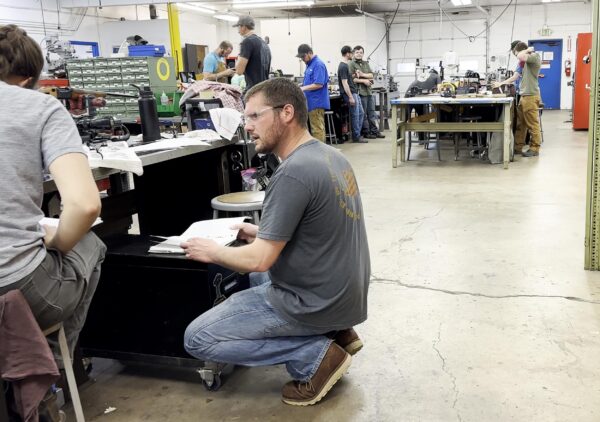
From Colorado School of Trades:
Basics provides the foundational building blocks for a successful career in the Gunsmithing Industry. Students are first introduced to blueprint reading and then transfer the blueprint to metal or wood stock using industry approved measuring techniques and begin the manufacturing process. Students receive instruction in the use of hand tools ranging from hacksaws to files. With these hand tools students will achieve parallel surfaces, square surfaces, radiuses and contours. Students will learn to keep tolerances of one thousandth of an inch all by hand. Other foundational process students will learn during the Basics Section include polishing, drilling and tapping and basic shop math.
Students will also complete a restoration project on a real firearm, in which the steel will be polished or bead blasted. Following up with hot caustic salt blued. The stock will receive an oil finish applied by hand. Soldering and TIG welding are other foundational skills students will receive instruction on during the Basics Section. As a culmination of skills students will be tasked with understanding the moving parts of eight major firearm action types, this process aids in the troubleshooting, diagnostic and repair of most types of both antique and modern firearms.
Program Overview: Machine Shop/CNC Course
If I had to pick one, this is my favorite course. To be competitive in the gunsmithing market, you have to know how to run a lathe and mill, as well as CNC. I’m looking to hire a machinist specifically with these skills.
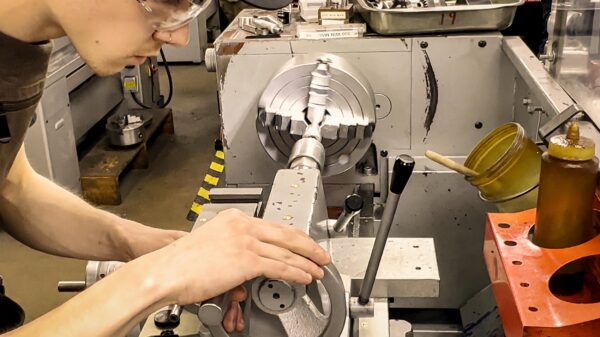
This program includes both manual machining and CNC machining skills.
Manual Machining:
- HSS Bit Grinding
- Lathe Tool Setup
- Chucks and Dialing
- Machining Basics
- Reading Measurement Instruments
- Turning Between Centers
- Drilling, Tapping Parting
- Chambering and Headspace
- + More
CNC Machining:
- Work Piece Offsets
- Tool Offsets
- Conversational Programming
- Programming from Blueprints
- Troubleshooting
- Advanced Measurement
- Machining Different Materials
- + More
From Colorado School of Trades:
During Machine Shop students will be exposed to a wide variety of machining applications. Students start Machine Shop by grinding lathe bits from blank pieces of tool steel. Once this task is successfully completed students will be introduced to the engine lathe. Concepts that are learned on the engine lathe include turning, facing threading, chamfering and reaming. The lathe portion of the Machine Shop culminates in the student successfully threading, chambering, crowning and test firing a barreled action. Once complete with the engine lathe students then move on to the vertical milling machine. Skills and concepts learned on the milling machine include facing, pockets, sight cuts and drilling and tapping.
Students will then move to the CNC or Computer Numerical Control section of the Machine Shop. During this section both CNC mills and CNC lathes will be used to expose students to machine operations that are found within the Gunsmithing and Manufacturing areas of the Firearms Industry. While operating the CNC lathes students will grasp an understanding of turning, facing, drilling and tapping. Students will explore CNC milling procedures such as facing, pocketing, contouring, fixturing and thread milling.
Program Overview: Stockmaking Course
Stockmaking is a wonderful skill for rifle gunsmiths. There are many parts to it with varying materials, inletting, bedding, stocks from scratch, etc. Having more advanced skills beyond just general maintenance opens a world of opportunity.
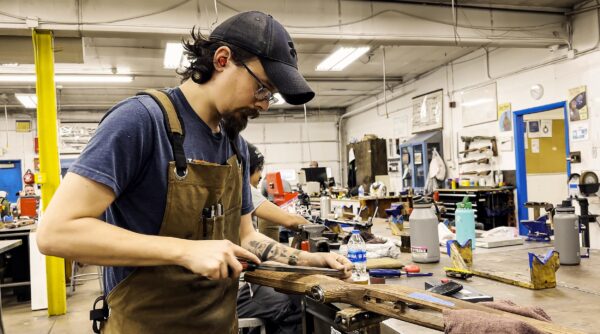
This course covers:
- Measurements and Dimensions
- Complete Synthetic Stock
- Duplicate Walnut Stock
- Inletting
- Special Tools
- Tool Sharpening
- Bedding (Multiple Styles)
- Wood Finishes
- Stock Layout Designs
- Stock Shaping
- Accessory Installation
- + More
I very frequently alter inletting to accommodate different triggers and barrels. I’m looking forward to learning more about tools that can make the process more efficient.
From Colorado School of Trades:
The Stockmaking course is designed to expose students to both modern, state of the art techniques as well as the old world craftsmanship that has been displayed in the firearms trade from its inception. The Stockmaking section first exposes students to modern composite stocks, the fitting and inletting required for accuracy and epoxy bedding techniques designed to maximize repeatability and ultimately accuracy. Once the fitting and bedding on the composite stock has been completed students will then apply coating to the exterior of the stock to provide a strong and aesthetically pleasing finish.
Students then turn their attention to a semi-inlet wood stock. This stock will require the student to combine hand and machine work to join metal and wood in a manner that achieves one to one fit for accuracy and beauty. Inletting, dimensions, fitting, shaping and finish are all elements that students must display as they craft a one of a kind piece of work in their project rifle during the Stockmaking section.
Program Overview: Design + Function Course
This course has a classroom component and design and function lab. The systems portion covers bolt actions, lever actions, pump actions, muzzle loading, single-shots, break-open, recoil-operated and revolvers. Understanding how all actions work gives you a competitive advantage. The hands-on lab portion includes diagnostics, Cerakote, refinishing, bluing, bedding, custom parts, real-world lathe and mill and more!
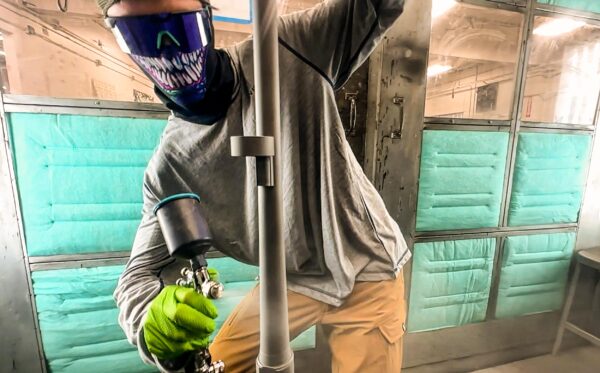
I’m currently greatly lacking in my understanding of lever action internals, which I’ve had customers asking for!
From Colorado School of Trades:
Students combine all of the skills that they have learned to clean, diagnose and repair firearms in the Design and Function section. While the school operates one of the Largest Repair Facilities in the United States that is open to the public, students are exposed to repair scenarios that are as real world as can be achieved in a learning environment. Students are faced with both modern and antique customer firearms that are in need or either repair or customization.
Once the student understands the operation of the firearm, they insure safe operation and will complete any customer requested repair or customization work. This work can range from a simple cleaning, repair, complete restoration or a complex modification. Students will grasp a working knowledge of firearm safety, machining, fixturing, firearm alteration, sight installation, troubleshooting, parts fitting and installation and firearm operation in the Design and Function section.
Conclusion
Looking forward, Ultimate Reloader is going on a road trip to the Colorado School of Trades! I’ll be interacting with the students and staff, as well as learning and teaching!
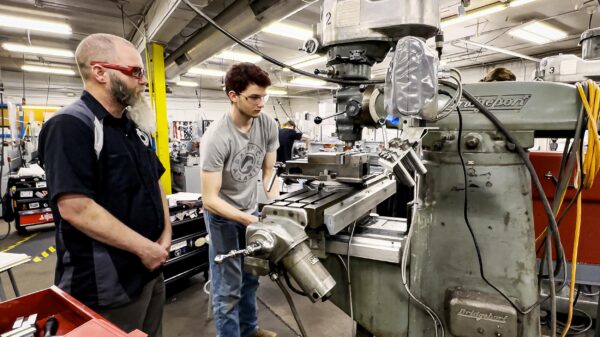
What I learn at CST will find its way into our regular content as well! Keep an eye out for what’s coming next!
If you’re interested in attending the Colorado School of Trades, check out their website!
Don’t miss out on Ultimate Reloader updates, make sure you’re subscribed!
Thanks,
Gavin Gear
